My birthday is next month. I turn 43. It’s completely crazy to me that I’m, like, and adult now. What the hell happened???!!! I try to do at least one decent self portrait annually, if for no other reason but to document the aging process. Realized recently that I hadn’t done a decent one yet this year. Had a few folks ask me how I go about painting portraits, so figured I’d go ahead and to document it a bit.
I paint from photo reference so much out of convenience. So it’s nice to look a mirror and paint from life. The way you interpret stuff from life vs photo is so different. There’s a different way of seeing, generalizing, way more information to sort through..it’s a really fun process, and super helpful for training your eye.
I tend to start these more or less the same way. my palette consists of the following colors
Olive green
Alizarin crimson
paynes gray
indian yellow
ultramarine blue
ivory black
cad red scarlet
permanent green light
cobalt turquoise light
unbleached titanium white
radiant violet
magenta
also had some titanium white and transparent oxide red, and asphaltum as well for accents
I’ve found this set up gives what I need to paint just about anything. I use basically those same colors to paint everything I do, however with the forest stuff I’ll add pthalo green in there too 🙂
I will pre mix my colors, holding each mixture up into the light and in front of my face to check the value and color. Value is more important but I still try to get the ballpark color/temperature as well. it’s okay if this takes a little time. I know if I get my main colors dialed in the process will go fairly smoothly. I use refined linseed oil as my medium, and will mix a small amount in with the colors to help it spread more easily.
I paint mostly with hogs hair bristle brushes, larger eggberts to lay my marks in and small round ones for modeling forms. I use eggberts because I like to get a to of paint down early. I find it helps build the volumes better and is ultimately easier to work with than thin paint. I liken it to icing a cake almost. Whats I like about having a good layer of paint is that you aren’t fighting the ground anymore, and you can create richer more fluid marks. Ill come back in with a sable round for detailed areas like the eyes and nostrils because you can really get in there and model the paint.
I work all prima, Laying in a fairly careful underdrawing where I concentrate on proportions and placements. I know stuff will probably change once I begin blocking things in, but I try to get at least the proportions as close as I can to start.
I’ll start with my middle darks and work my way into the highlights, then come back and punch my dark darks back into the wet painting. Dunno why this works better for me but it just does.
Once I have everything laid in I will push the paint around and model things for hours until I get things to my liking. One of the things I like about working these all prima is that theres no drawing to adhere to, and that helps me to be more likely to make drawing adjustments with the paint.
I will pay fair attention to the surface at this stage. This is usually a two day process, in that I will lay the paint on one day and then come back and model more the next day, m when the paint has had a chance to set up a bit more. I try to make sure there aren’t any weird marks that catch the light in unflattering ways, and that the surface is modeled enough to take glazes in a nice even way.
And thats where I’m at now. Once this is dry, I will start the second pass, where I start with glazes to push things back and unify a bit more. Now that I’m looking at it again, I might go back in while its wet and model some more. man, this is hard.
here’s a 4 minute time-lapse of the progress so far. Sorry my head gets in the way a bunch. Still trying to figure out the best way to set these up.
I’ll document next steps and follow up with an update next month.


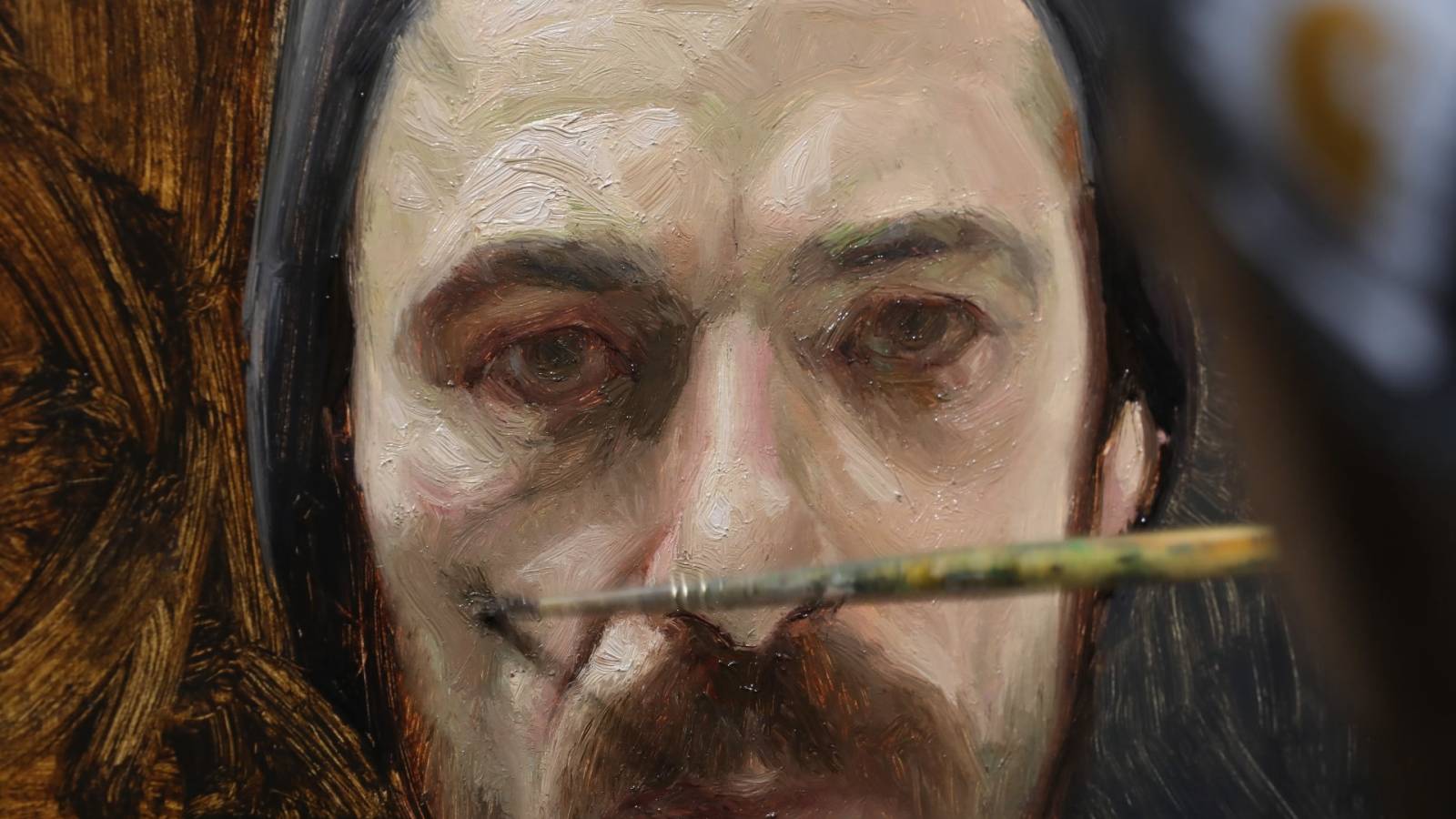


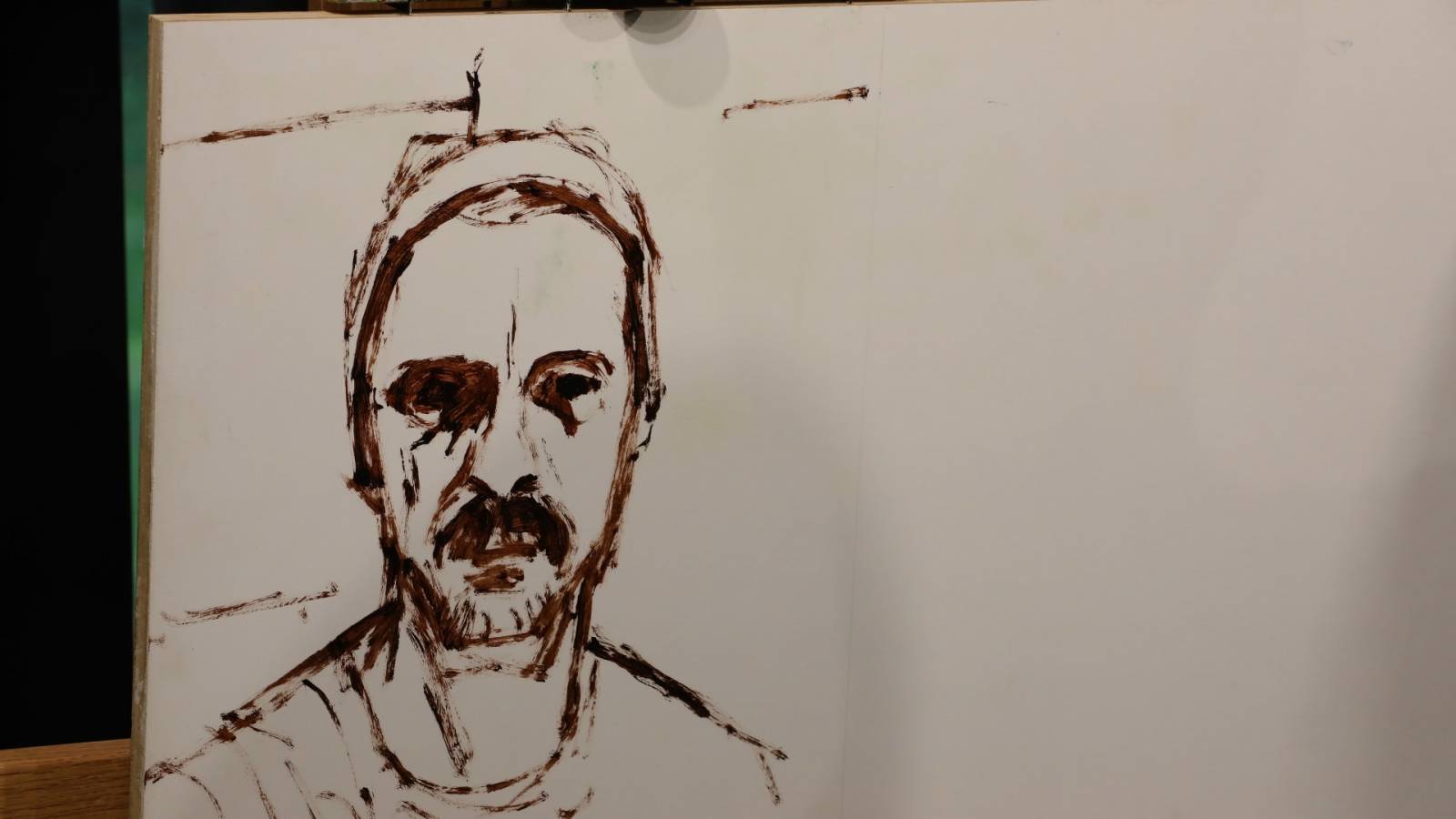
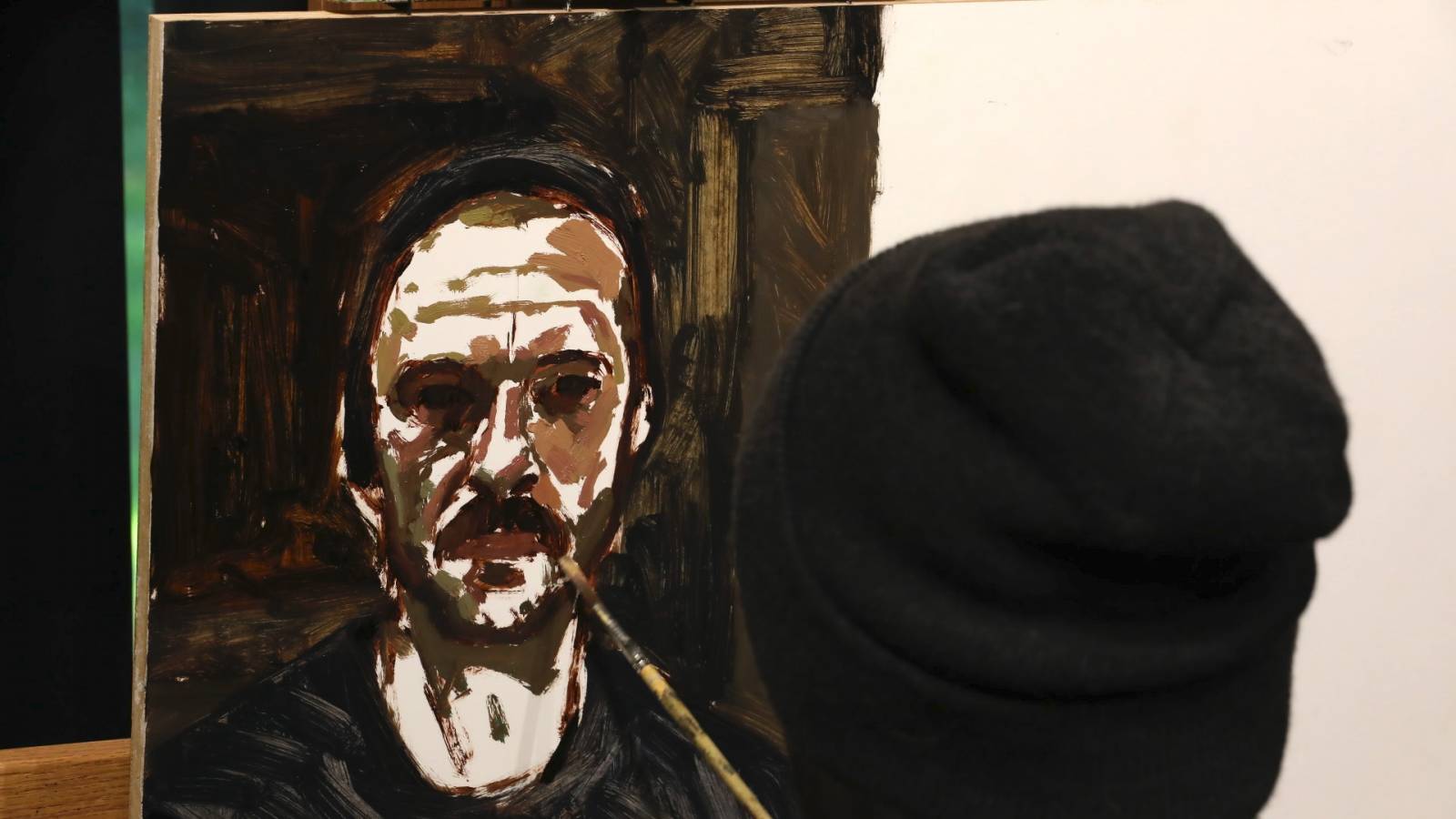
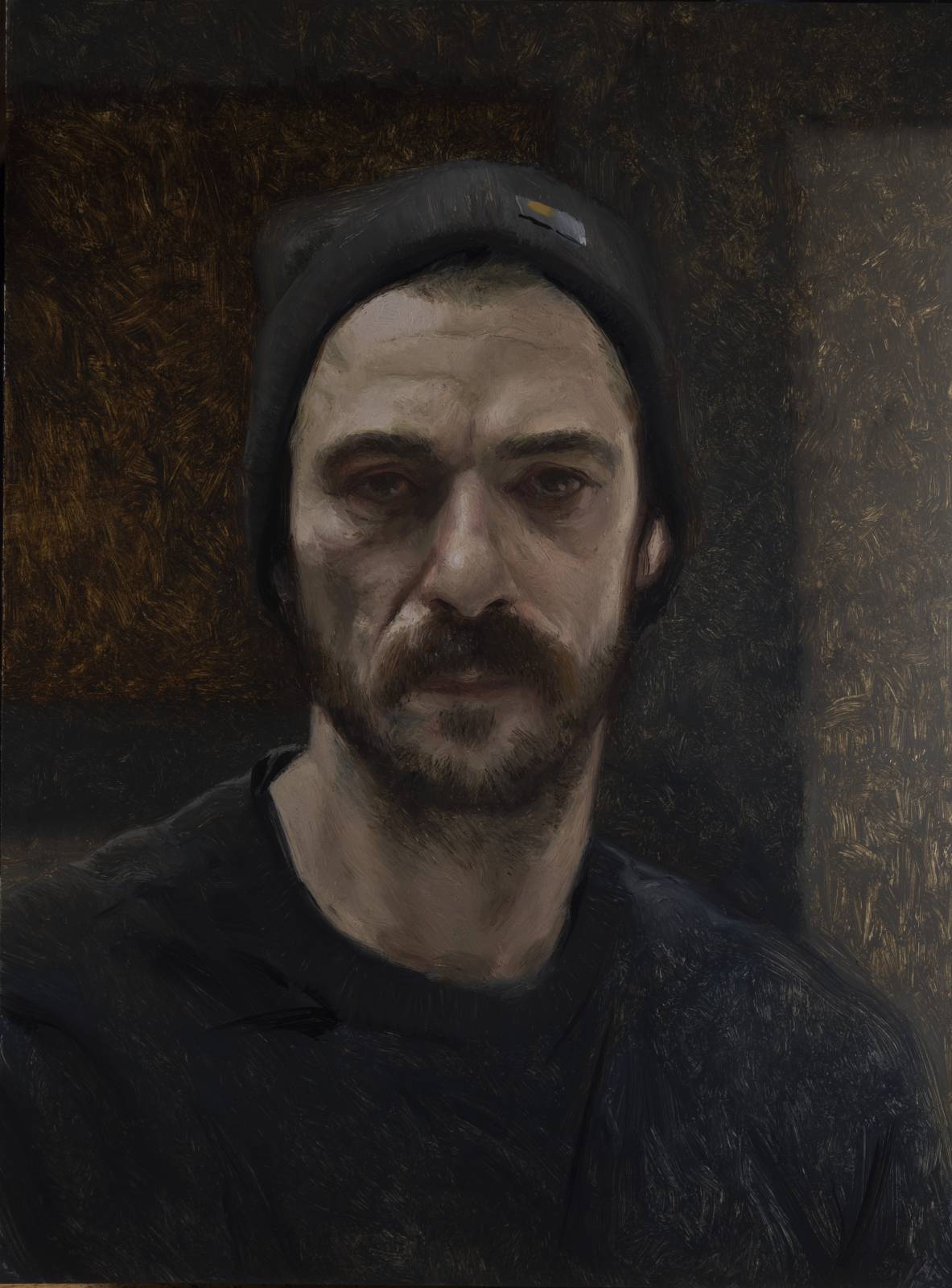
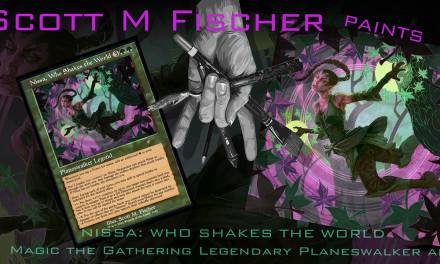
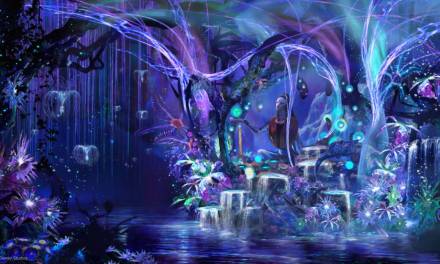
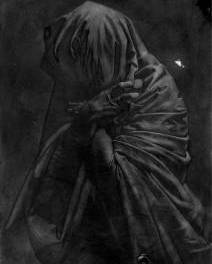
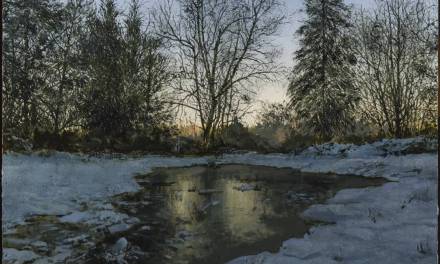
Recent Comments